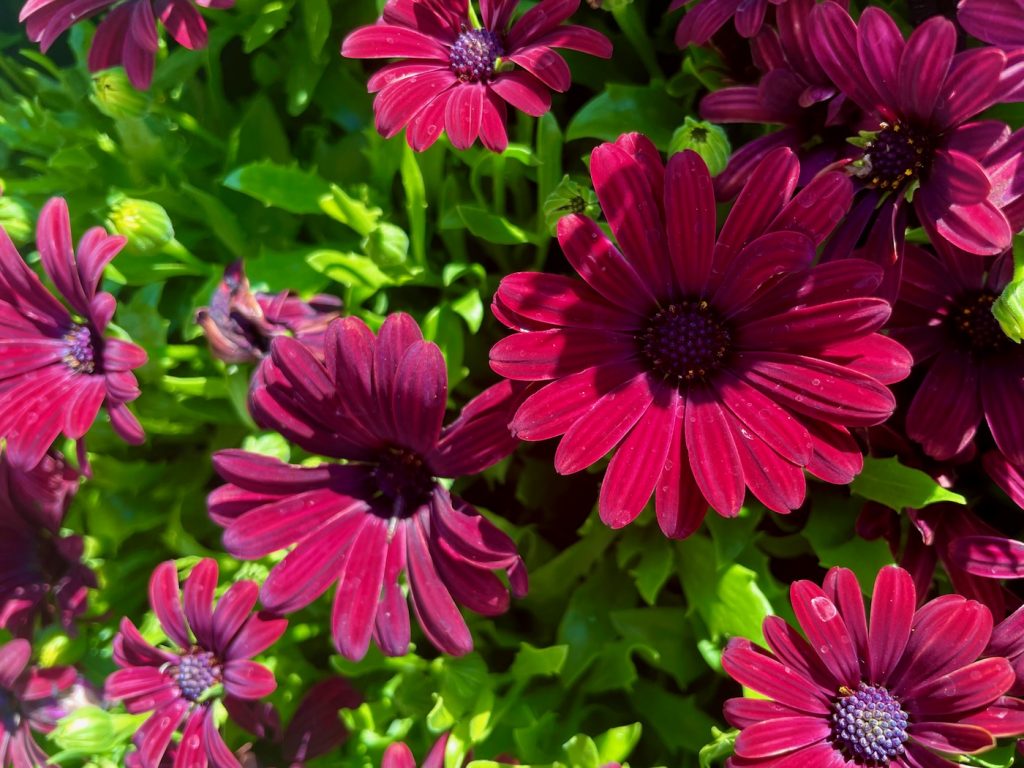Delicate Beauty Unveiled: Discover the Scabiosa columbaria
Scabiosa columbaria, commonly known as Small Scabious, Lilac-flowered Scabious, Pincushion flower, Pigeon Scabious, or Dove Pincushion, is a herbaceous perennial native to South Africa. Belonging to the Caprifoliaceae family, this clump-forming plant is related to the honeysuckle. The genus name, Scabiosa, derives from the Latin word “scabies,” referring to the plant’s rough leaves, which were once believed to have curative properties for scurvy.
Plant Characteristics: The charming flowers of Scabiosa columbaria display a lovely blue-lavender color. This species typically blooms from spring through autumn, offering a prolonged period of floral interest. The delicate blooms act as a magnet for bees and butterflies, adding a touch of liveliness to the garden. Scabiosa columbaria reaches a height of about 50cm (20 inches), making it a compact and versatile choice for various garden settings.
Cultivation Tips for Scabiosa columbaria:
Sunlight and Location: Grow Scabiosa columbaria in a sunny location to ensure optimal growth and blooming. This plant thrives in full sunlight, which helps promote healthy flower production and overall vigor.
Soil and Drainage: Plant Scabiosa columbaria in fertile, well-drained soil. Adequate drainage is crucial to prevent waterlogging, as excessive moisture can lead to root rot and other issues. Ensure that the soil provides good drainage, allowing excess water to escape freely.
Propagation and Maintenance:
Seed Germination: Scabiosa columbaria can be grown from seeds. Sow the seeds in a suitable location in the garden or in containers. Follow the recommended sowing depth and spacing guidelines provided on the seed packet for optimal germination.
Basal Cuttings and Divisions: Another propagation method for Scabiosa columbaria is through basal cuttings or divisions. Take basal cuttings from established plants in early spring or divide clumps of the plant to create new specimens. Both methods are effective in expanding your Scabiosa columbaria collection.
Deadheading for Prolonged Blooming: While Scabiosa columbaria is considered a low-maintenance plant, deadheading the spent flowers can prolong the flowering season. Regularly remove faded flowers by snipping them off at the base of the stem. This practice encourages continuous blooming and promotes a tidy appearance.
Pest and Disease Control: Scabiosa columbaria is generally pest-free and resistant to diseases. However, it is important to monitor for common garden pests such as aphids and whiteflies. If detected, treat the infestation promptly with appropriate methods such as insecticidal soap or neem oil. Additionally, keep an eye out for powdery mildew, a fungal infection that can occur in humid conditions. Proper air circulation and avoiding overhead watering can help prevent this issue.

Butterfly and Pollinator Attraction:
The attractive blooms of Scabiosa columbaria make it a favorite among butterflies and other pollinators. By planting this species in your garden, you can create a welcoming habitat for these beneficial insects, contributing to the overall ecological balance.
With its delicate blue-lavender flowers, Scabiosa columbaria adds a touch of elegance and charm to any garden setting. Whether grown in borders, containers, or cottage gardens, this versatile perennial rewards gardeners with its beauty and ability to attract pollinators. Embrace the enchanting allure of Scabiosa columbaria as it brings vibrancy to your outdoor space.




